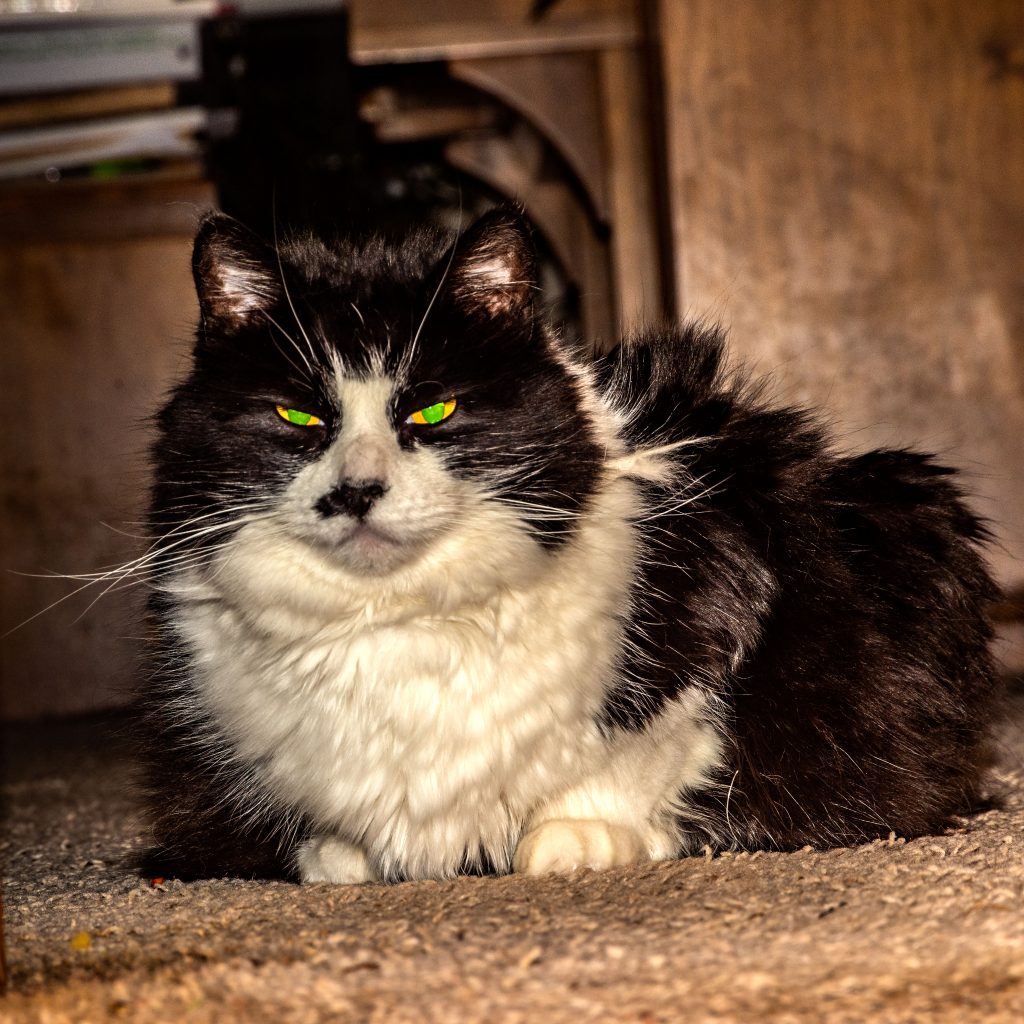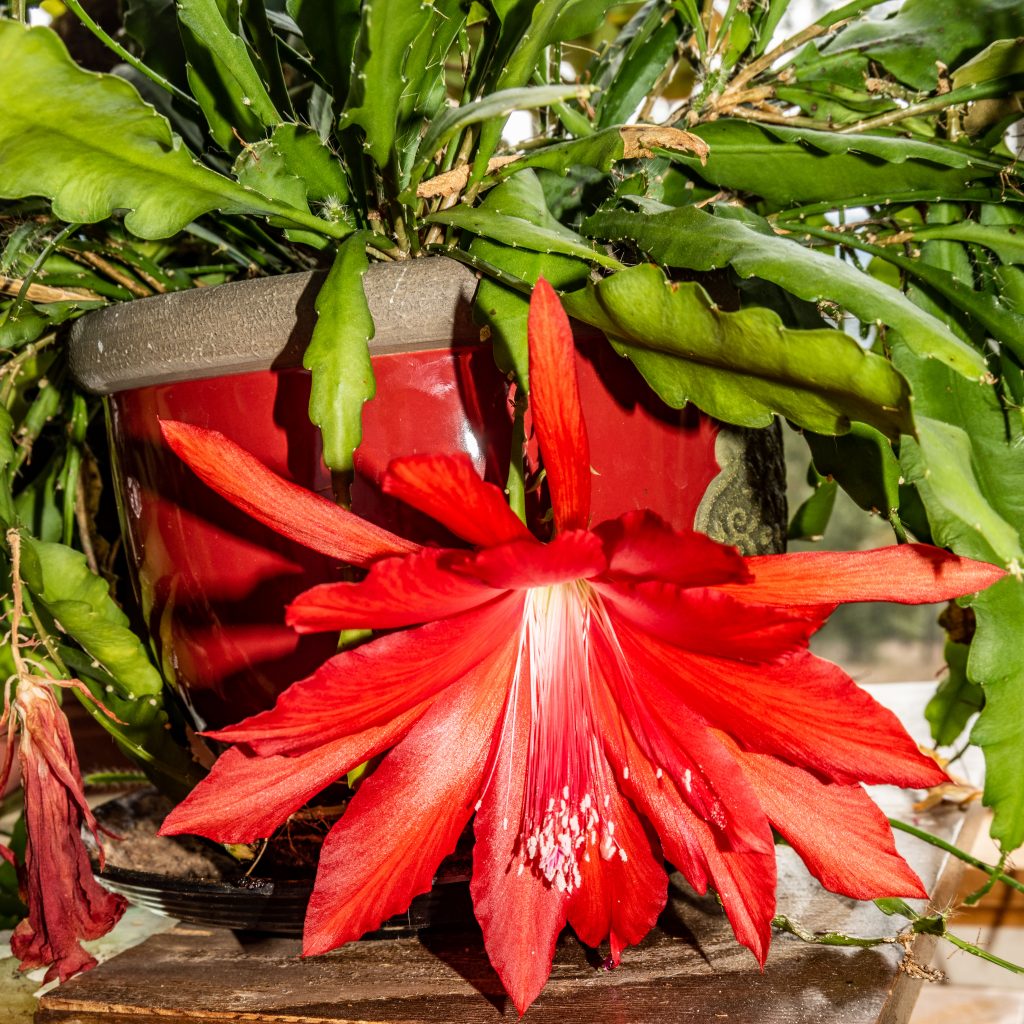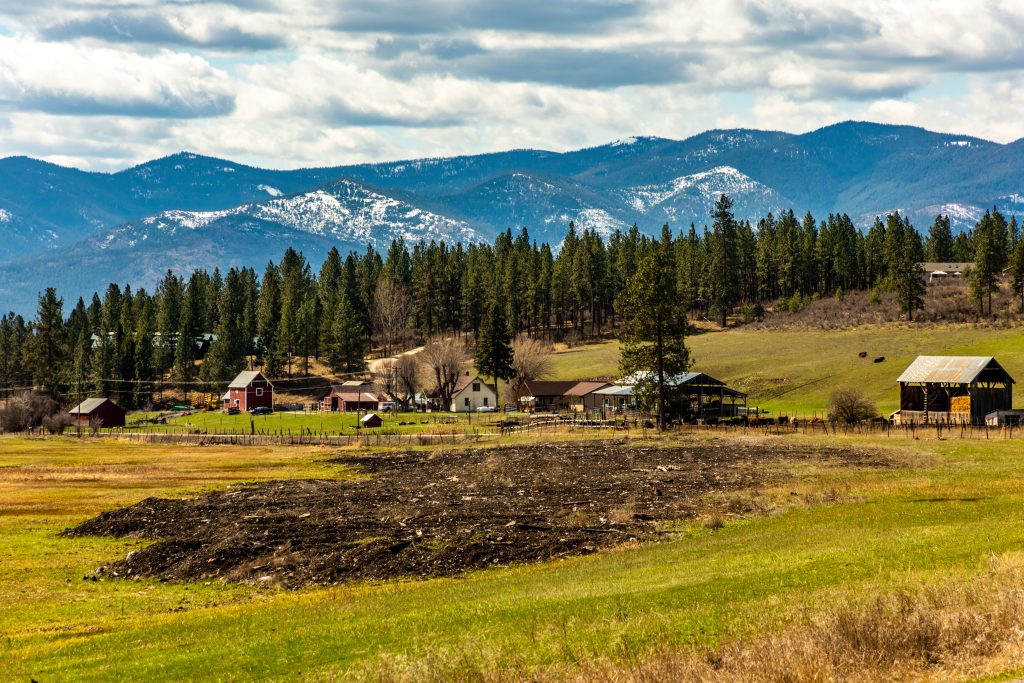It’s Time For a Change in Plans

Yesterday I wrote that today’s blog would be about the Keto Diet, but I have come to two major realizations. First, I am not a nutritionist, nor do I, personally, follow a keto diet. Therefore, I have no business writing about that topic. Second, my stated goal in starting this blog was to promote my photography, first and foremost. And yet, while I have filled recent posts with my photos, I haven’t really talked about photography at all. So, today we’ll focus on photography (pun intended). This is a definite change in plans.
I know that you know the etymology of the word. It comes from two Greek roots meaning light and drawing. The easiest way to get the original Greek is to quote Wikipedia which has this to say:
The word “photography” was created from the Greek roots φωτός (phōtos), genitive of φῶς (phōs), “light”[2] and γραφή (graphé) “representation by means of lines” or “drawing”,[3] together meaning “drawing with light”.
People use photography for many purposes, both commercial and artistic. I prefer using the medium to record the events in my life. These events include attending car shows and photographing classic cars. They include watching the flowers in my home and garden bloom. They include documenting the scenery I observe when on the road. And that documentation often ends up on a wall at home. Through my cameras, I have turned light (φῶς) into art, hence the tagline for my website/blog.
What camera to use?
Or perhaps stated more clearly, what camera do I use? Today, 95% of my photographic work is done with a Nikon D810. The D810 is a professional grade digital camera and mine makes me very happy. The make and model of camera really doesn’t matter. We’ll get into that in another post. The D810 is just the latest in a long string of cameras I have owned and used.
I started out with a Brownie Box camera, as did most folk in the first half of the last century. From that beginning, I moved on to the Kodak Instamatic with its blue cube flash bulbs. In junior high, I sold enough of the World’s Finest Chocolate to earn a Kodak Hawkeye 8 movie camera, but aside from a couple of “home movies,” I never did anything with it. Only recently have I become interested in making videos. All of these cameras can be found on e-bay and other sales sites, but you will have no luck finding film for the Instamatic at least. Kodak stopped producing 126 film by 2008.
Moving up to Poppa’s Camera
Poppa used a Kodak 35 mm rangefinder camera. He took his photography seriously, and had a variety of equipment to use with his camera. When I entered college, Poppa handed me his Kodak. An off-campus group offered a photography class where I learned to process my own black and white film and print my own images in the dark room. My portfolio of black and white mounted prints is still with me, and I got an “A” in the class. I loved photography. But it was time for a change in plans.

In grad school, I bought my first Single Lens Reflex camera, a Зени́т [Zenit] camera made in the Soviet Union. It cost me $60 in 1973. Thieves stole the Зени́т out of my apartment in Berkeley. I replaced it with a Praktica, another East-bloc built camera. Dresden, then in East Germany, had been the world’s largest producer of cameras, according to Wikipedia. In time my East German camera ceased focusing, so I had to grab something from Japan.
My last SLR
Japan started building cameras in the early 1900s: Nikon in 1917, and Pentax in 1919. Canon entered the game in 1934. By the 1950s, Japanese cameras were becoming the world’s leaders. My last SLR was a Pentax ZX-50. I’ve taken that camera around the world with me, and it has served me well. But the main problem with any film camera is the on-going cost of buying film, processing film, and getting photographic prints made. Digital has put an end to all but the last. Sort of a change in plans as far as photography is concerned.
For my birthday in 2006, I bought my first serious digital camera, a Nikon Coolpix L3. I call it “serious” because in 2000, I had bought a Panasonic PalmCam PV-SD4090. The Panasonic was one of the early digital cameras and instead of a memory card, it used a 3.5″ floppy disk. On super fine resolution setting, a regular floppy disk could hold five photographs. Fortunately, the camera could use an Imation SuperDisk which would hold 450 superfine resolution images. We took the Panasonic with us to Turkey, and used it interchangeably with the Pentax. 1.3 megapixels was amazing in 2000, but by 2006, my Coolpix L3’s 5.1 megapixels made me put the Panasonic on the shelf.
My First DSLR
I took some wonderful photos with that Coolpix L3, and the experience convinced me that digital was the way to go. Just as I had bought my own birthday present in October, come December I bought my own Christmas Present. When I was getting started with serious photography, Nikon built the ne plus ultra of slr cameras. Everyone told me that Canon was the leader with digital, so I did some research. The Nikon D80 had just come out, and a leading reviewer, himself a Canon man, said that the D80 was a great camera. I bought one and started buying lenses.
The D80 served me well for ten years. Cameras don’t really wear out, but the shutter mechanism can get tired. Kevin bought me a D7100 for Christmas. The D80 sported 10.2 megapixels, twice the Coolpix L3. The D7100 has a resolution of 24.1 megapixels. Are you seeing a pattern here? I have no idea why, but long before the D7100 was “tired,” Kevin bought me the D810 with 36.3 megapixels. The D810 is also a full-frame camera, which means that its sensor is the equivalent of a 35 mm film camera. The D80 and D7100 have a smaller sensor. We’ll get into what that means in another post.
Lenses and Accessories
This is a topic for another post. Suffice it to say that I have a backpack camera case filled with many different lenses. We’ll talk about them next time. The one thing I want to impress upon you is this: Always have your camera handy. The way you become good at photography is by taking lots of photos. It’s hard to do that when you’re out on the road and the camera is back home on your desk. That will call for a change of plans. You’ll have to use your phone.
Car of the Day
One reason to keep your camera always at your side is that you just never know when a change of plans will have you driving down the road. There, on the side, in that rock quarry. Look at all those old cars. Gee, I wish I had my camera with me. That would have been my story, except I did have my camera along. And I got a lot of photos of neat old cars that day.
Flower of the Day
You don’t have to go far to practice your photography. This orchid cactus was blooming in my living room yesterday. That blossom, by the way, is almost 6 inches in diameter. I have two orchid cacti, this one and one in pink. The pink one has bloomed twice since I got it several years ago. The red one seems to be in bloom all the time. Red is a difficult color to capture well. If you look at the petals just above the white center, it’s hard to see any detail in the deep red color. Gabby the cat was lying at the top of the stairs as I went up this morning. Photographic subjects are always right in front of you.
Photo of the Day
Compare the photo immediately above with the one at the top of the page. The two are identical shots taken two days apart. I’m showing the two as an object lesson. If you always have your camera with you, you won’t miss a shot that you might otherwise overlook. I’ve already taken that shot, you may tell yourself. But the light differs from day to day, even from minute to minute. Keep your camera close by and see for yourself how things can change from one day to the next.
Guest Site of the Day
Yesterday, I promised you a post on the keto diet. But as I said above, I have neither the training nor the personal experience to talk about such a topic. Instead, as part of my change in plans, I’m giving you a link to twenty-five blogs all centered on the low carb high fat way of eating that the keto diet champions. I feel comfortable with this particular recommendation because the woman behind the list has these letters behind her name: RDN, LD, CLT. RDN stands for Registered Dietitian Nutritionist, and LD means Licensed Dietitian. CLT refers to the professional education that allows a person to treat food sensitivities. Hey, I have letters after my name too. Bryan D. Spellman, PhD. I like seeing letters after a name. Check out Killer Creamery’s post on the Best Keto/LCHF Food Blogs.
Recipe of the Day
This recipe, from one of the 25 blogs linked on the guest site, just jumped out at me. Oh My Gawd! Chocolate-Hazelnut Gelato, and low carb to boot, I’m so there! I just noticed a couple of ingredients that your local grocery may not have, but you should be able to find Xanthan Gum and food grade vegetable glycerin at any health food store in your community. Both are optional, by the way.
Video of the Day
Doctor Diet has a whole video course on the keto diet. Today’s video is his introduction, or as he puts it A Keto Diet for Beginners. Doctor Diet is the screen name for Dr. Andreas Eenfeldt, M.D., a Swedish doctor specializing in family medicine. He does have a decided accent, but his English is clear, and he’s not hard to look at.
And straight on till morning
A change of plans kept me from writing directly about the keto diet, but I hope I have given you enough resources to answer any questions you may have on that subject. Tomorrow, let’s go out and photograph all the Nash automobiles we can find. Won’t that be fun
![]()



